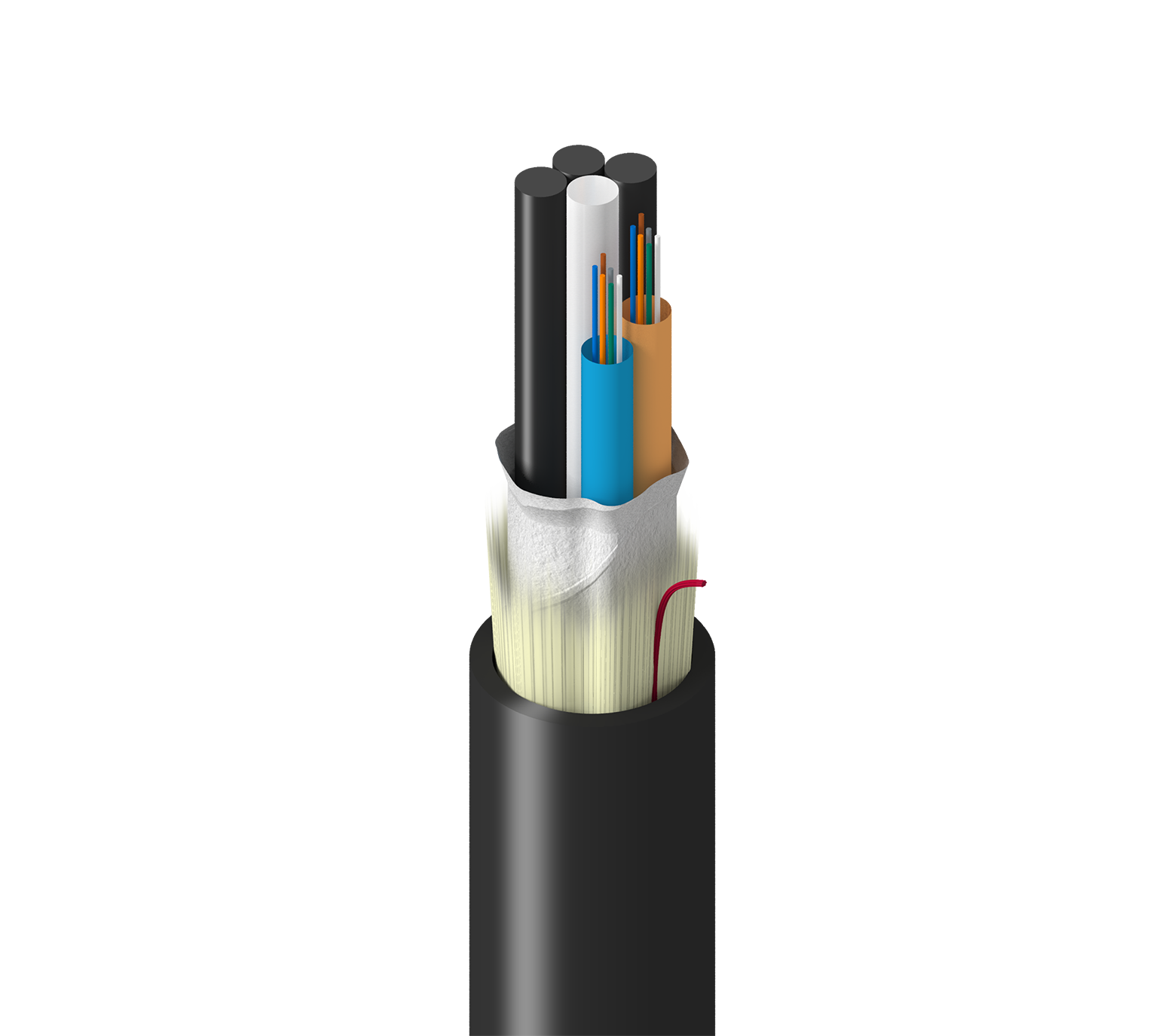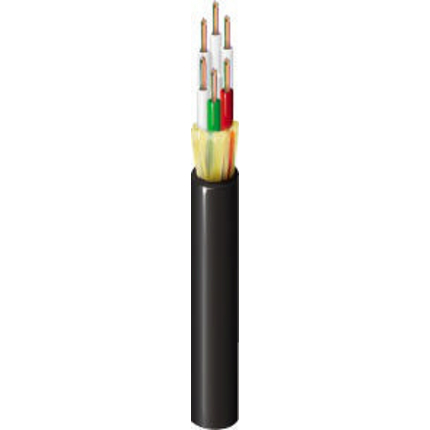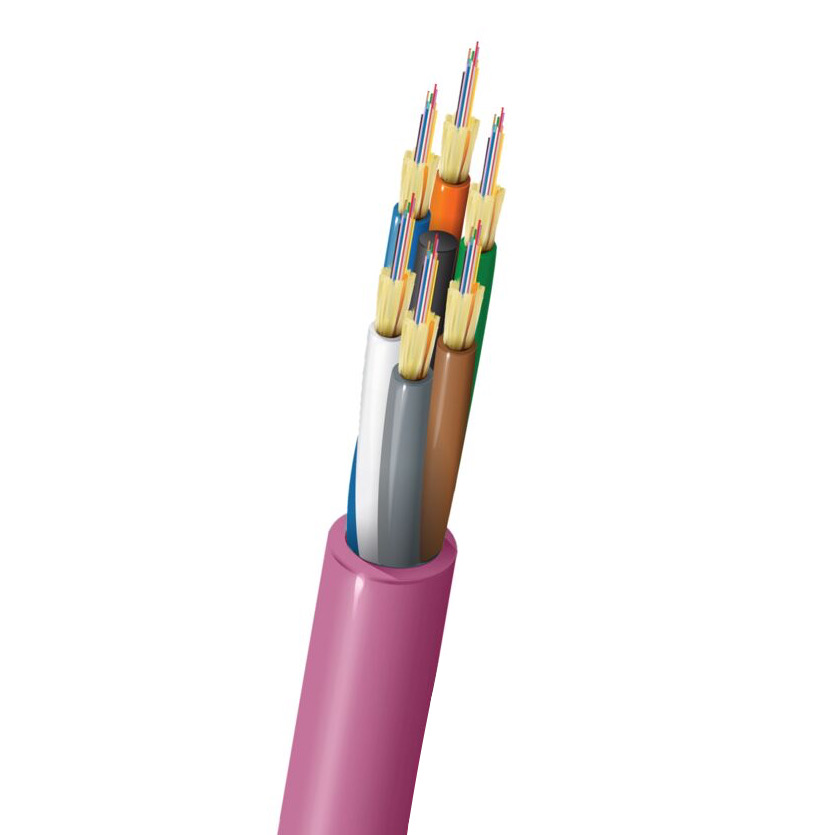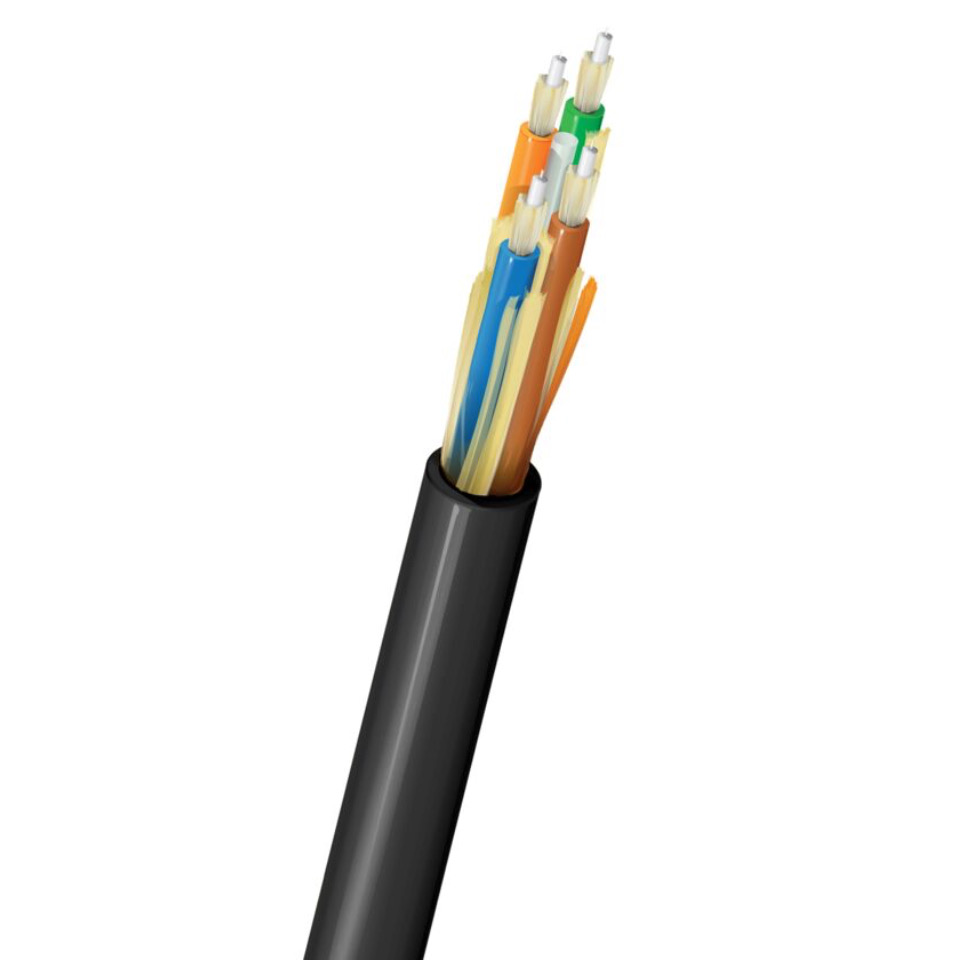7 Fiber Cable Types to Consider for Your Environment
There are many reasons why fiber optic cables play an essential role in many of today’s networks and infrastructure: They offer long-distance capabilities, fast speeds, excellent reliability and futureproof performance to support the next generation of technology.
You’ll often find a few common fiber types being used in enterprise applications, data centers, smart buildings and industrial environments (both indoors and outdoors). Let’s take a closer look at them.
Get to Know Central Loose Tube and Multi Loose Tube Fiber Cables
If you’re dealing with uncontrolled temperatures, outdoor environments and/or moisture, then these cables can handle it. They can be buried directly in the ground or in a duct.
They’re known as “loose tube cables” because the buffer (the tube or protective coating over the fiber) is loose. The fiber floats inside—with or without gel—to minimize contact and stresses with the buffer layer. This gives the fiber room to relax and contract at different rates when exposed to hot and cold temperatures without affecting signal performance.

Deciding between central loose tube and multi loose tube fiber cable comes down to your specific application and what it requires in terms of space and fiber density.
Get to Know Distribution Fiber Cables
Typically, a distribution cable’s fibers are tight buffered with aramid yarns and bundled in a single outer jacket. If the cable has a high fiber count (24 or more fibers—fiber counts in distribution cables can reach
up to 144 fibers), then the fibers are grouped into subunits of six or 12 fibers. The tight-buffered coating is a standard 900 μm size so the cable can be easily connectorized and plugged in to patch panels with standard SC and LC connectors.
Get to Know Mini Distribution Fiber Cables
They offer a practical way to increase fiber density while taking up less space than a distribution cable by eliminating unnecessary materials. These cables are ideal for use in high-density environments like data centers.
To fit more fiber into one cable, the tight-buffered coating is omitted, leaving the 250 μm fiber. Therefore, the subunits (tubes with multiple fibers in them) and jacket can be reduced in size while maintaining the necessary amount of aramid yarn for tensile strength and termination anchors. In this fashion, they differ slightly from loose tube cables, which do not make use of strength yarns inside the subunits. A loose tube subunit may substitute SAP-coated threads or waterblocking gel instead if moisture is a concern.
Get to Know Breakout Fiber Cables
Breakout cables are sometimes used for intra- and inter-building backbones, as well as for junction boxes, patch panels and conduits, and on factory floors. For example: The cables can be run in a cable tray and patched to different sensors or panels on a production line.
Get to Know ADSS (All-Dielectric Self-Supporting) Fiber Cables

Designed with materials that withstand hanging installations for long periods of time, ADSS fiber cables can also endure tough environmental conditions, from wind and ice to vibrational forces and lightning. They’re used for network loop architectures from pole to building.
Get to Know Ribbon Fiber Cables

Traditionally, each fiber in a cable must be connectorized or spliced, which takes up valuable time. For example: One loose tube cable containing 144 fibers will require more than 4.5 hours of time to terminate (assuming that each fiber takes two minutes to terminate).
Because ribbon cable arranges four, eight or 12 fibers into a flat strip, you can terminate much faster. The cable is pre-ribbonized (groups of individual fibers are bonded together or ribbonized) for faster, easier mass fusion splicing. All fibers in the strip can be spliced at once.
Making the Right Choice
Picking the right fiber cable for your environment requires finding a balance between cost, application needs and timelines. How important is density? Do you need an extra-rugged cable? How quickly does installation have to be completed? How critical is uptime?
If you have any questions about what type of fiber cable to choose, then ask your Belden representative or send us a note. We’re here to help you find what you need.t




![System.String[]](https://assets.belden.com/transform/ecfb1aeb-f53d-42c2-ae4d-bf281b967676/Jim-20Zimnicki?io=transform:fill,width:300,height:300)